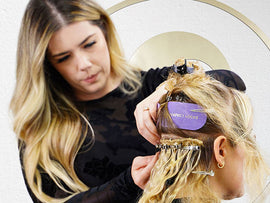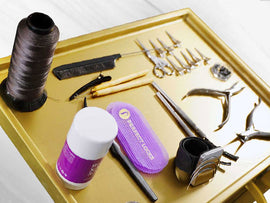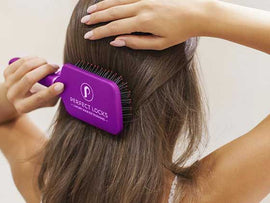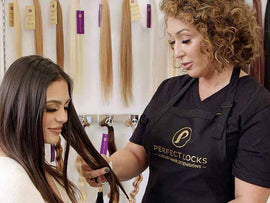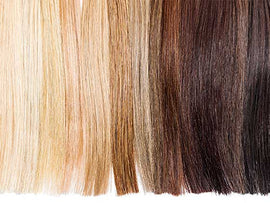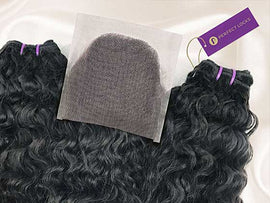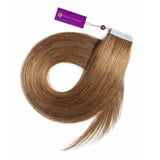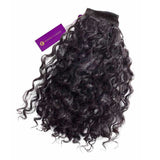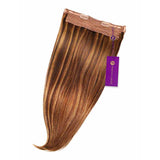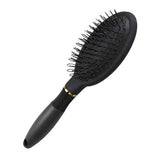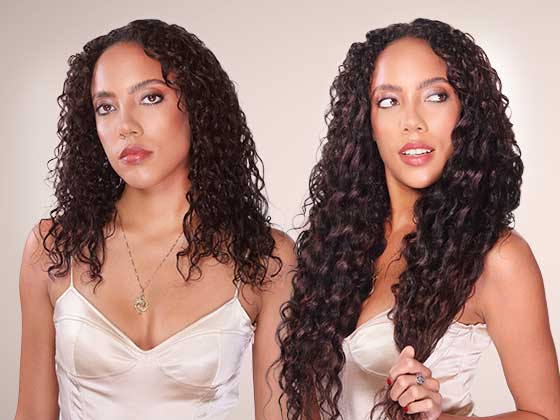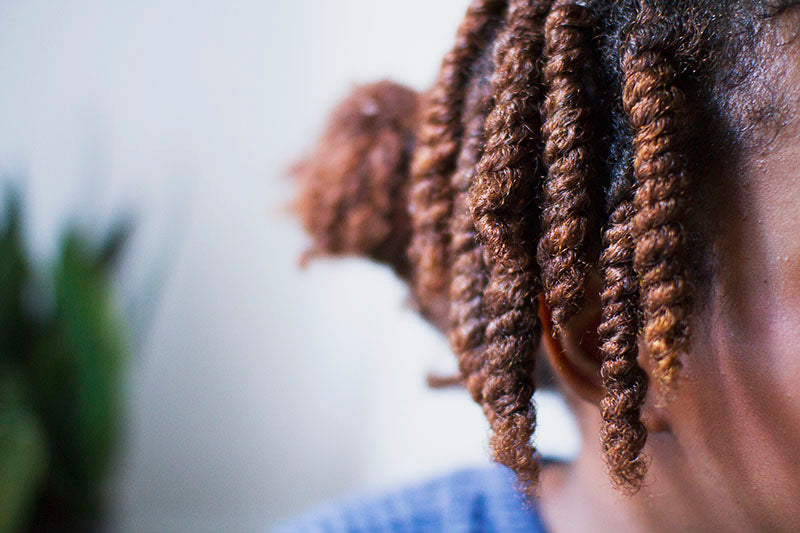 The good news is that one of the hottest natural Black hair styles of the past few years is also one of the most versatile, easiest to create and maintain, and healthiest for your hair. The bad news is – wait, there is no bad news! Two-strand twists are wildly popular right now, and rightly so. This beautiful style requires no locking-up period or cutting out, and takes a minimum toll on your own locks, encouraging growth and health.
The good news is that one of the hottest natural Black hair styles of the past few years is also one of the most versatile, easiest to create and maintain, and healthiest for your hair. The bad news is – wait, there is no bad news! Two-strand twists are wildly popular right now, and rightly so. This beautiful style requires no locking-up period or cutting out, and takes a minimum toll on your own locks, encouraging growth and health.
What Are Two-Strand Twists?
Two-strand twists are a common and flexible way to style natural hair. Two pieces of hair are twisted around each other to make a pattern that looks like rope. Two-strand twists are a protective hairdo that keeps hair moist, keeps it from getting messed up, and helps hair grow. People who naturally have wavy or natural hair often choose this style. It's easy to take care of and lets your natural curls or waves shine through. Yet how are they created, and what are the best ways to rock them? Read on to find out!
How to Create Two-Strand Twists?
The name pretty much says it all. Double strand twists are made of two strands of hair crisscrossed or twisted together. The hand motion is similar to turning double-dutch or braiding hair with two sections instead of three; simply loop strands over each other over and over until you reach the ends of the hair. Twists can then be rolled on foam or paper rollers or plastic rods to add body and/or curl.
It’s not always that simple, though. Here are some additional tips for great twists:
- Part hair into smaller sections for a more natural, versatile look, especially if your hair is short. Smaller twists can be swept into ponytails, updos, and other styles more easily than larger ones.
- Create a random pattern of partings for a more natural look. Real hair does not necessarily grow or fall in evenly-spaced rows of square boxes. Vary the size and shape of each twist to fit the length, texture, and thickness of the hair; the resulting twists will fall in a more natural hair pattern.
- Start with damp or semi-dry locks to get the most out of the style. For naturally coily Type 3c or Type 4 hair, this will keep your twists from shrinking up, retaining a little length in your locks. For curlier or relaxed lengths, this trick will add body, movement, and that bit of extra texture needed to make the look work. In either case, start twisting sections at the nape of the neck when your hair is about 50% dry; by the time you work to the front of the head, you should have enough moisture left to set the hair on rollers and still get some effect. If not, mist hair with water from a spray bottle to keep hair from drying out completely.
- Use a leave-in conditioner to help boost shine and keep hair in tip-top shape. Thickening conditioners containing ingredients like balsam can help beef up thin locks.
- Twist hair the same way from root to tip. A lot of women are tempted to simply start “rolling” the ends of their twists instead of properly twisting them. This incorrect motion, similar to the method used for Bantu knots, may seal the twist closed, but it also makes it hard to untwist the hair, leading to tangles and breakage. Keep crisscrossing hair all the way to the end, and you will be able to easily reverse the motion when it comes time to take the twists down.
Styling Cues
One of the best things about two-strand twists is that they can be styled into almost any other coif achieved with straight hair - all it takes is a little planning and imagination!
- Pull long twists (natural or created with extensions) back into a bun, chignon, ponytail, updo, or partial updo. Adorn with beads or shells for a distinctly African flavor, or add mini flowers for a wedding or art gallery opening.
- Pair two-strand twists with cornrows or flat twists to create a modern Mohawk, asymmetrical or inverted bob, French roll, victory roll, fishtail, or other sleek-and-sassy style. Flat twists in the front of the head can also help cut down on styling time and give a youthful vibe.
- Set large sections of twisted hair on flexi-rods for a spiral set, or simply unleash the twists for the curly results of a twist-out. (Make sure to use a styling lotion or pomade to control those locks are you release them.)
And that’s it! A simple, wearable style that can be dressed up a million ways – who could ask for anything more?
 Have Questions? Call Us!
Have Questions? Call Us! 


